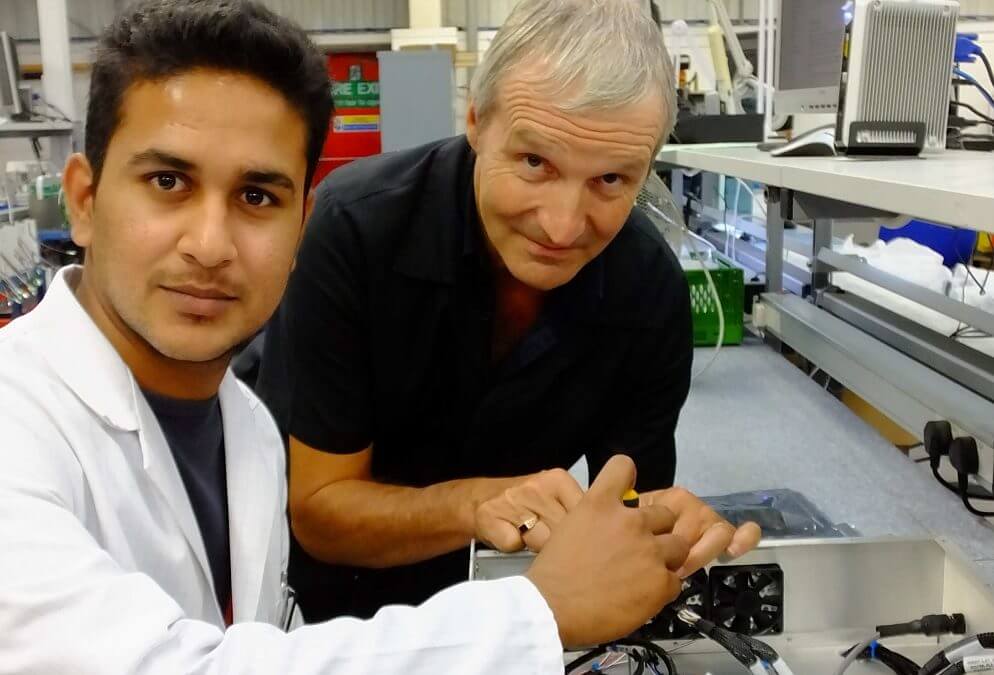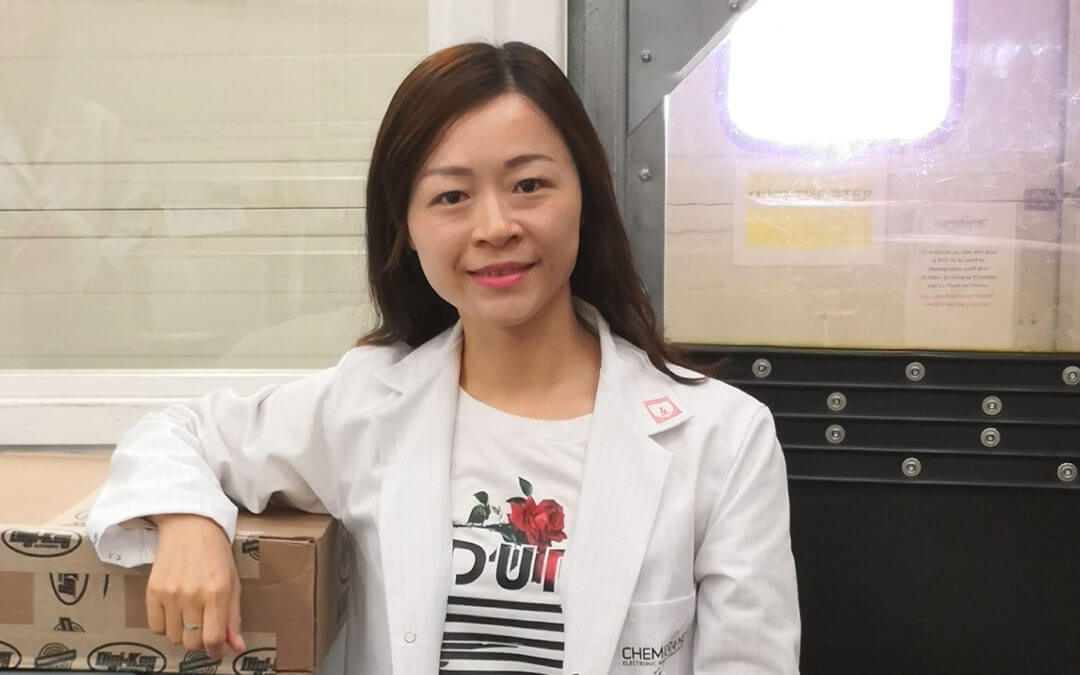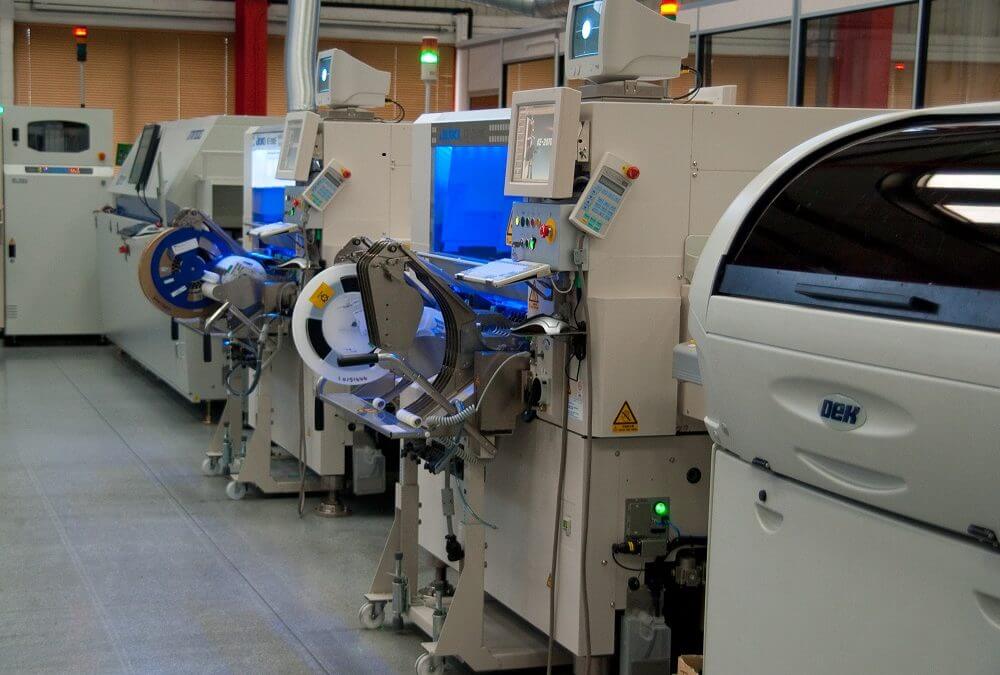Why choosing the right plastic casing is crucial in Electronic Manufacturing Services
John Johnston, NPI and Sales Director, Chemigraphic
Plastics have become an essential component of many electronic products, in both consumer and industry markets. Most products rely on using plastics for lightweight structures, electrical isolation, and designed-for-use enclosures and human interfaces.
There are many different kinds of plastics and polymers being used in all aspects of technology, with each having individual user properties that are suitable for very different applications and environments.
It is crucial that the correct type of plastic or polymer is sourced for the product, as different plastics may not have the structural integrity, consistent function in changing environments, or acceptable long term wear characteristics required. Selecting and vetting a supplier is another vital step in ensuring that the assembled product is not compromised.
Selecting suitable plastic properties
Selecting the correct plastic or polymer for electronic products is a crucial task within the early stages of product design and development. Subsequent changes can be costly to correct once a product’s manufacturing processes have been established.
On the whole, plastic enclosures are used to provide protection for the electrical components within. It is easy to focus on the validation of the electronic function and overlook the need for a sustainable and effective enclosure design solution until later stages. Selecting the correct plastic compound and enclosure is crucial to get right early on in the design stage in order for the product to be fit for purpose.
We support customers in selecting the most effective and suitable plastic components, based on the application and operational environment specified.
For example, Acrylonitrile Butadiene Styrene (ABS) is a two-phase polymer that provides good all-round performance for electronic enclosures. However, it is only suited for indoor use as it becomes compromised when exposed to sunlight for prolonged periods. Conversely, a blend of Acrylonitrile Styrene Acrylester and Polycarbonate (ASA+PC) enhances plastic performance at high temperatures, is flame resistant, increases product impact strength, and is therefore more suitable for harsher environments

Plastic sourcing and supplier quality issues
It is of vital importance to select a capable, vetted supplier, especially when importing plastics or polymers from offshore locations. Less tangible quality aspects, such as cosmetic appearance, and long term resilience to tool wear can be difficult to fully communicate and standardise due to the complication of geographical and language barriers. Simply validating samples is often not enough.
Electronics designers can often be unaware of some of the very latest additive plastics manufacturing process options such as new multi-shot multi-materials injection moulding (MS-MMM) techniques which can incorporate soft-touch textures and colour, rather than relying on subsequent distinct operations which may demand the use of different suppliers.
Even apparently trivial things like incorporating soft rubber feet into the enclosure moulding can accumulate significant benefits. Such improvements might harvest relatively modest gains on an outright single unit cost basis, but multiplied by annual volumes over the entire lifecycle and, merged with multiple other similar cost-down initiatives, the accumulated savings can be very worthwhile. Of course the objective is not to cut corners, but achieve savings though efficiency and empirically improving the underlying performance and reliability of the product in its entirety.
Chemigraphic’s solution: A customer case study
We are specialists in design-led electronics manufacturing, and work directly with OEM customers to migrate projects from concept, through validation and into volume manufacturing fulfilment, as efficiently as possible. Engaging with customers early in their product design phase, allows for our input into part selection, materials and processes to both meet customer requirements and to optimise long-term manufacture, while the design is still fluid.
Chemigraphic has direct links with diverse specialist global suppliers, and we adopt a highly proactive supplier management approach. For example, our sourcing office in Shenzhen, China, has built up a network of reliable made-to-drawing plastic component supply partners, receptive to UK volumes, which we have personally audited. Having a local Chemigraphic resource allows for effective selection, tooling and monitoring of such supply chains, and we can even co-host customer visits.
This reduces the risks to our customers of partnering with new international suppliers and creates a tier of very capable and cost-competitive supply options, which we can then make conveniently available to our UK customer base.
There can be also opportunities for retrospective process improvement. For example, we have just completed a successful project with a customer with a premium product that used well established plastics supply chains, who then entered the Japanese sales market.
Japan has exceptionally demanding cosmetic standards and expects near-perfection, which the customer’s existing mandated enclosure moulding and coatings process (with tooling which was becoming worn) was simply not able to achieve. It was time for a new, more sophisticated solution.
Chemigraphic’s Shenzhen site was able to identify a highly capable, in-region, specialist supplier who was receptive to the low-volume and high-mix project.
Chemigraphic helped establish and document firm design and appearance criteria (which did not exist previously), achieve exact colour-match values by using the latest high-accuracy sample measurement equipment, define a robust documented process, arrange supply of samples, then facilitated introductions and a joint supplier site visit to give our customer full confidence that this was a superior supply option.
The outcome was a vastly improved cosmetic appearance, reduced turn-around times and a more cost-effective solution, even taking shipping and tooling costs into consideration.
Although much of our historic expertise has been in electronics manufacturing, particularly PCBAs, our customers need to consolidate supply chains and benefit from economies of scale, often with limited design resources. Therefore we are constantly extending our capabilities to include various associated services, dealing with plastics, mouldings, metalwork, component selection, coatings and supply chain management.







